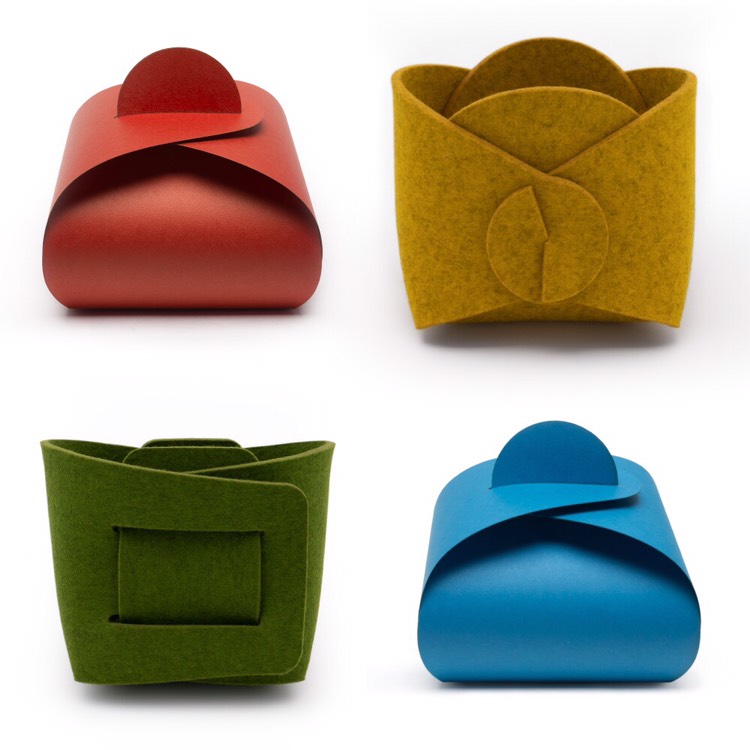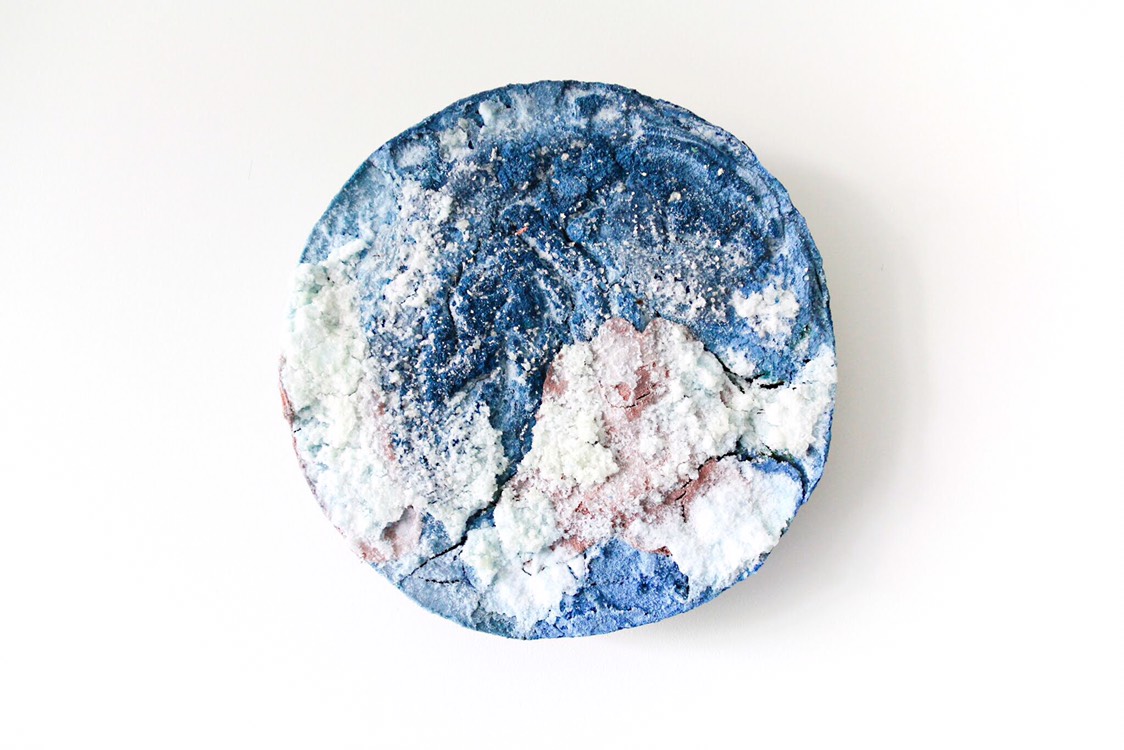Earlier this year, we asked creatives to translate the tenets of the Green New Deal to help other people contextualize a reality in which sustainable, livable economies and societies are the norm. We made this call to action under the banner of an initiative titled “Art of the Green New Deal.” The intent of this project was to find such people with the superpower of translating these sustainable aims into reality, since we believe doing so has the capacity to enrich other’s perspectives and experiences.
To our surprise as a fledgling initiative, our first call for artists garnered over 150 submissions from various backgrounds and across creative disciplines. This outpouring of work from concerned and environmentally minded creatives is inspiring since it shows the of perspectives and methods people are using to "right the ship" of climate-related catastrophe.
“Art of the Green New Deal” has also been an earnest attempt to harness the potential of people already involved in environmentalism, as well as those who would like to be involved but haven’t seen their place in the movement. I understand this feeling entirely. I felt unmoored before understanding the overlap of my identity with environmental justice and environmentalism in general. The truth is, environmentalism could not be more intersectional since it addresses the stage on which all our events and ambitions play out.
While people have exceeded our expectations with their interest, I believe this project has even more potential to provide sources of culture shift. There were a number of submissions that I feel have taken to heart the progressive ambitions of the Green New Deal.

Art and photo by Emily Ching
Emily Ching’s “The Wrapping Project” is an example of this, a fundamental altering of current environmentally destructive industries like wrapping paper. Through her creativity, Ching began developing a “best practice” for this sector that is less harmful and aesthetically inviting. Additionally, her work echoes “furoshiki,” a traditional Japanese wrapping cloth used to contain gifts and portable items while innovating withsustainable materials like recycled paper and merino wool.

Art and photo by Renae Barnard. (www.renaebarnard.com)
Another artist, Renae Barnard, has taken to using natural dyes in combination with recycled materials. Her pieces convey texture and dimensionality that make you think of natural elements, when in reality they’re made from post-consumer waste. This is an interesting lens where we’re looking at the state of our society in trying to offer alternatives; she helps us look at the scope of our consumption, a significant driver of environmental degradation.
For me, both of these pieces best represent the thrust of this initiative because they directly address current unsustainable practices while highlighting alternatives. They also contain an aspect of materiality that indirectly or directly comments on the environmental harm caused by even traditional artistic supplies and mediums. More importantly, I feel they provide a source of inspiration while moving toward a “livable” society in which creative expression is still possible within such alternatives.
I believe the inclusion of creative people is integral to developing other “best practices” when it comes to sustainability, due to their ability to communicate the potential for expression and personal enrichment within those alternatives. I hope through efforts like this project, people can recognize that livable societies are about adopting beneficial alternatives rather than restricting currently problematic behaviors.
In my mind, the main purpose of this project is to allow people to break the limitations of their current environments, whether physical or ideological. Art and creativity are important because they activate the potential behind progressive initiatives and imagined realities. This activation allows others to process what those changes might look like and how they might work within their own lives. Through exposure to creative expression, people can imagine the possibilities of progressive ideals independent of that expression.
A lot of resistance to these movements (even from those beholden to fossil fuels) seems to stem from the perception that the current mode of existence “works.” I feel that this is the perception primarily due to conditioning; it is and has been people’s lived realities.
To address potential critics, I would say that principles like livable economies and societies are no less “realistic” than those at play in our current, arguably dystopian trajectory; the economic feasibility of sustainability continues to improve as emissions-related costs skyrocket. Sustainability gives us the perspective to assess the cumulative damage of our current modes of being, especially regarding our societies, psychology, and the environment.
I have faith in this because humans and other organisms’ innate desire is pleasure, comfort, and security. We’ve existed in a world in which that security was only ensured by the exploitation of other people, to the point that it is thought to be the only avenue through which “progressive” action can occur. I think this project has hinted that people truly want a world built on the principles of sustainability, for both the environment and society.
